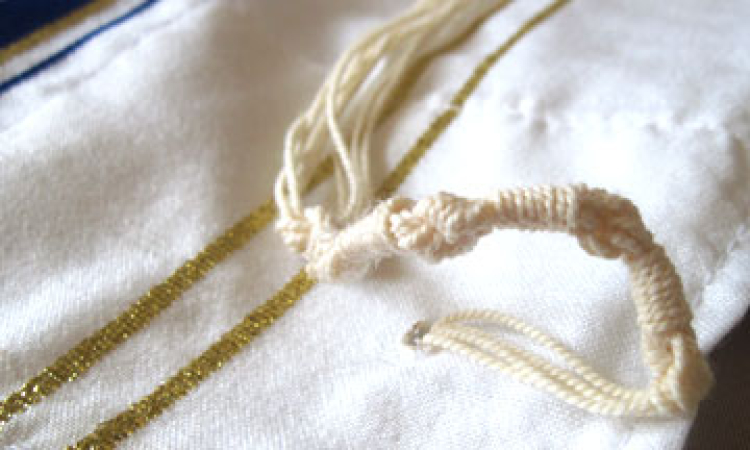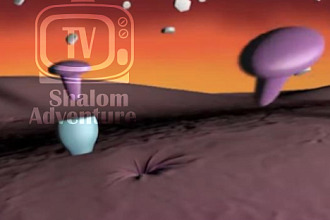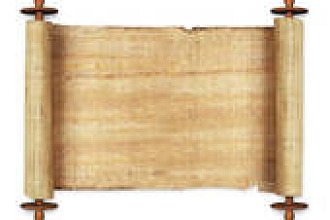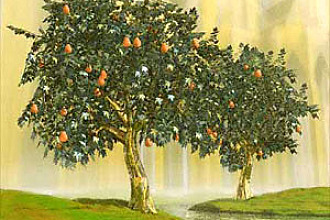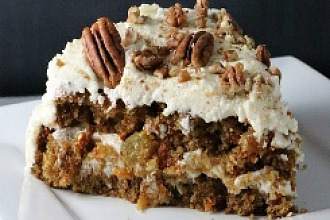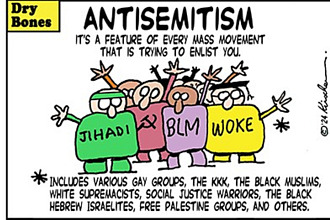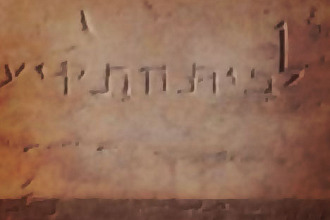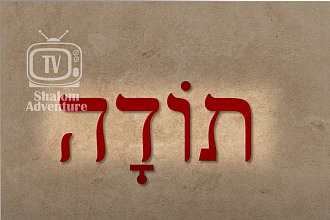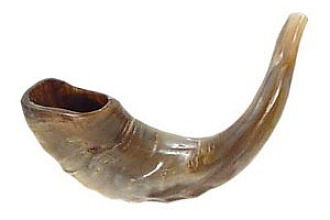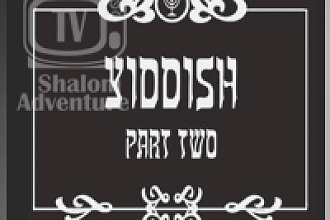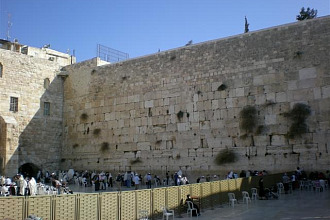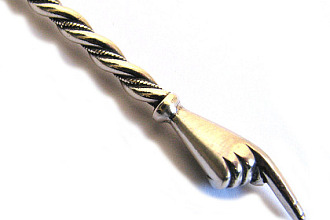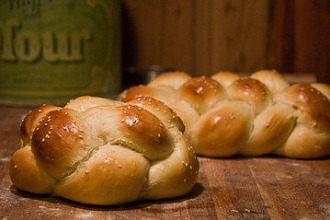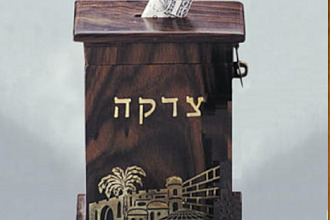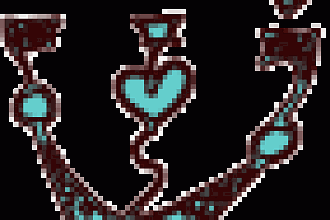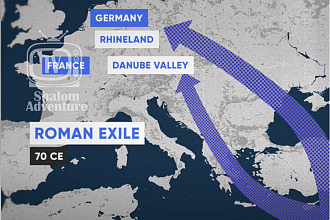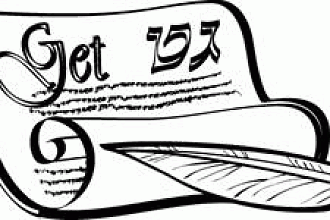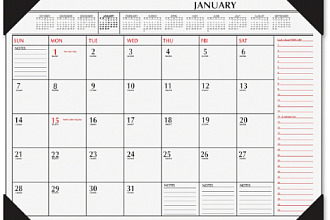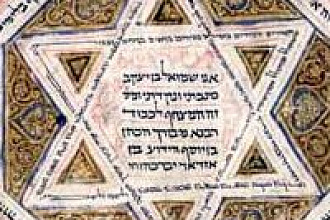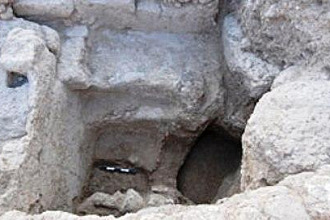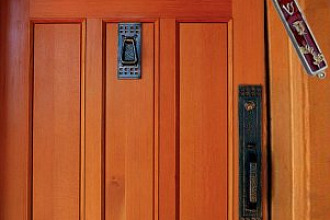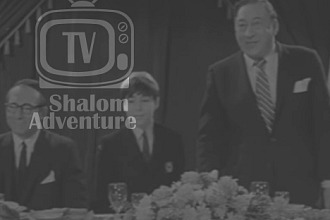A tallit is a prayer shawl. Tallitot (plural of tallit) are rectangular in shape and have fringes called tzitzits at the four corners.
Tallitot come in various sizes ranging from 24 inches by 72 inches to 60 inches by 72 inches. The most common colors are white with either black or blue stripes. Gold or silver stripes will usually accompany the black or blue stripes. While these colors are the most common there is no limit to the variety of colors on tallitot. In the past only men wore tallitot, but today it is common for women to wear them as well.
There is no Biblical injunction to wear a tallit, although there is a text that refers to the fringes on one's garments. Numbers 15:37-41 states; "The LORD said to Moses as follows: Speak to the Israelite people and instruct them to make for themselves fringes on the corners of their garments throughout the ages; let them attach a cord of blue to the fringe at each corner. That shall be your fringe; look at it and recall all the commandments of the LORD and observe them, so that you do not follow your heart and eyes in your lustful urge. Thus you shall be reminded to observe all My commandments and to be holy to your God. I the LORD am your God, who brought you
out of the land of Egypt to be your God: I, the LORD your God." Most modern tallitot do not have the cord of blue that ismentioned in the text. The text does not say how long the
fringes are to be or how they are to be tied. Typical tallitot have 8 fringes on each corner tied in a series of knots and coils in sequences of: double knot, 7 coils, double knot, 8 coils, double knot, 11 coils, double knot, 13 coils, double knot. Using numerological figuring the series of coils is equivalent to the sentence "God is one." Also adding the numerological equivalent for the word tzitzit, which is 600, to the 8 strands, plus the 5 double knots, equals 613, which is equal to the total number of commandments in the Torah. Typical tallitot have one of the eight strands longer than the others. It is referred to
as the shamas and is the strand that is used to make the coils. Along the short edges of the tallit are shorter fringes.
The tallit is normally worn only for times of prayer. Some Jewish people wear an undergarment called a tallit katan or small tallit all the time. These are usually white, sometimes with colored stripes, and fit over the head like a poncho. They have fringes on the corners similar to the ones on the large tallit, but do not have the short fringes along the edges.
Psalm 104:1,2 says; "O LORD, my God, You are very great; You are clothed in glory and majesty, wrapped in a robe oflight." Isaiah 61:10 says; "...My whole being exults in my God. For He has clothed me with garments of triumph, wrapped me in a robe of victory..." Obviously these texts arenot speaking about a physical tallit, but a beautiful symbolism isillustrated in God clothing us with His glory, righteousness,triumph, and victory.
Originally from: Jewish Discoveries pages 241-243, by Jeff Zaremsky, which contains a total of 22 fascinating chapters of biblical history and lessons plus 25 rich Jewish tradition sections, and 27 powerful testimonies, with over 40 beautifully rendered professional works of art all on over 300 jam packed pages. You can own this treasure by visiting www.Jewishheritage.net
Posted on Shalom Adventure by: B Ellen Gurien

